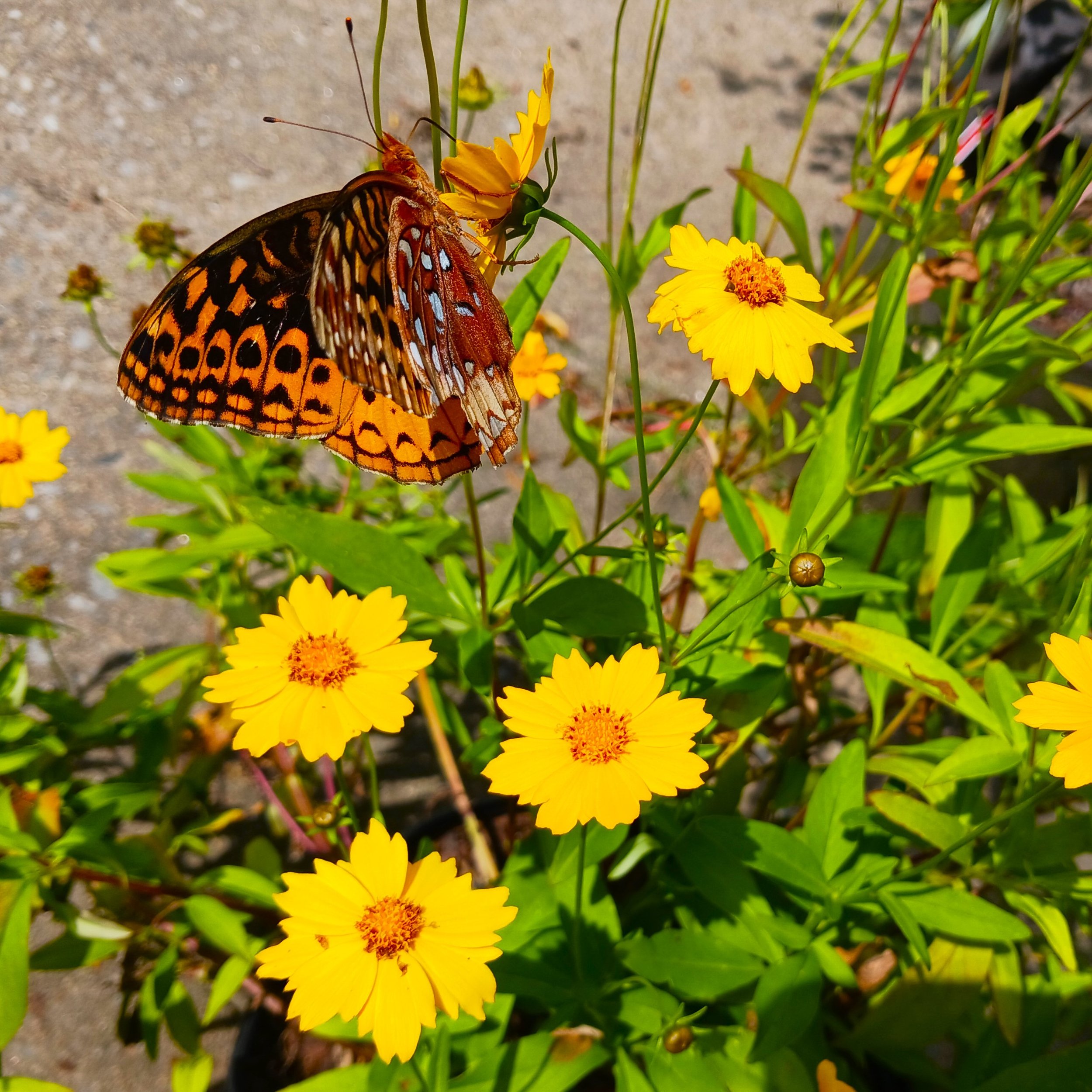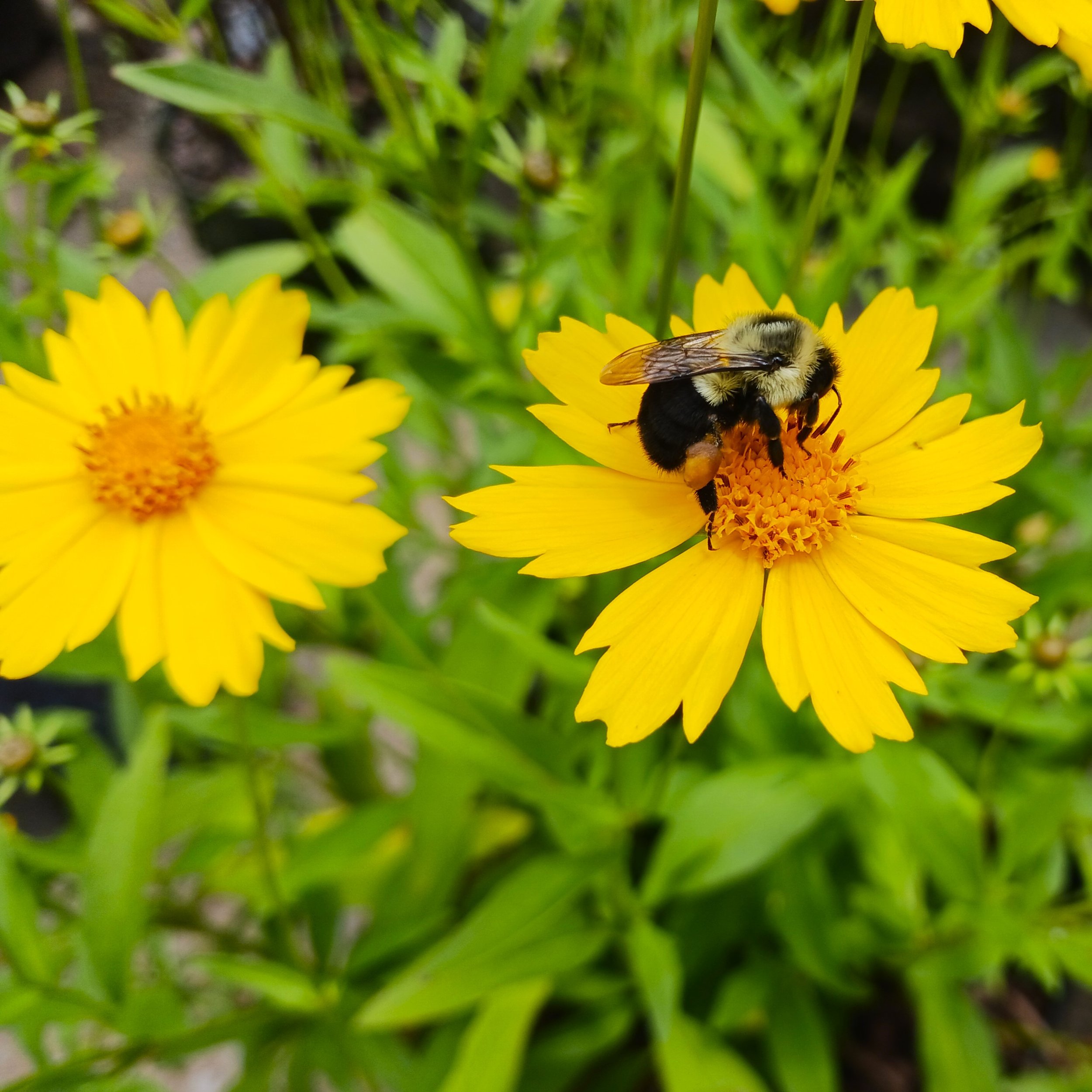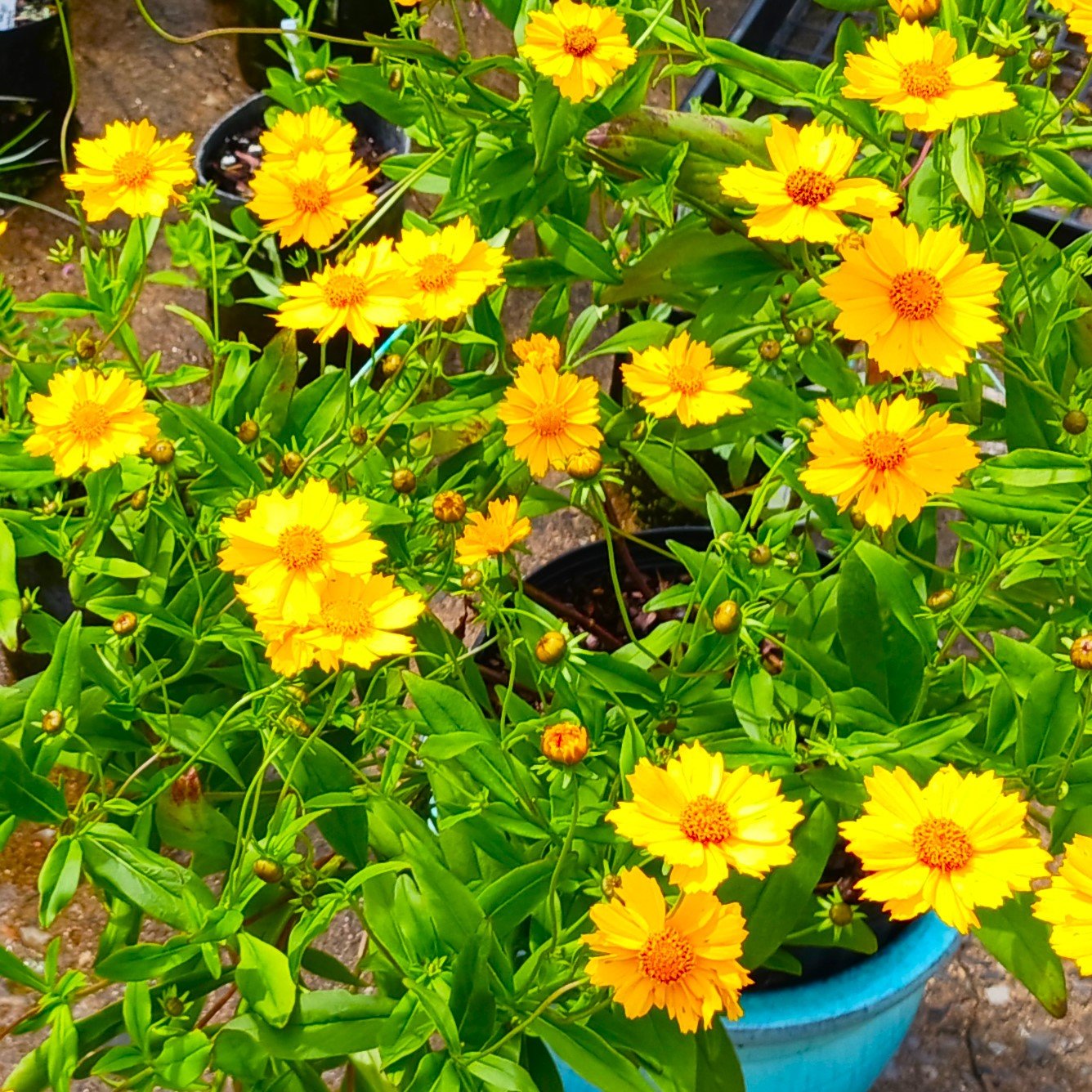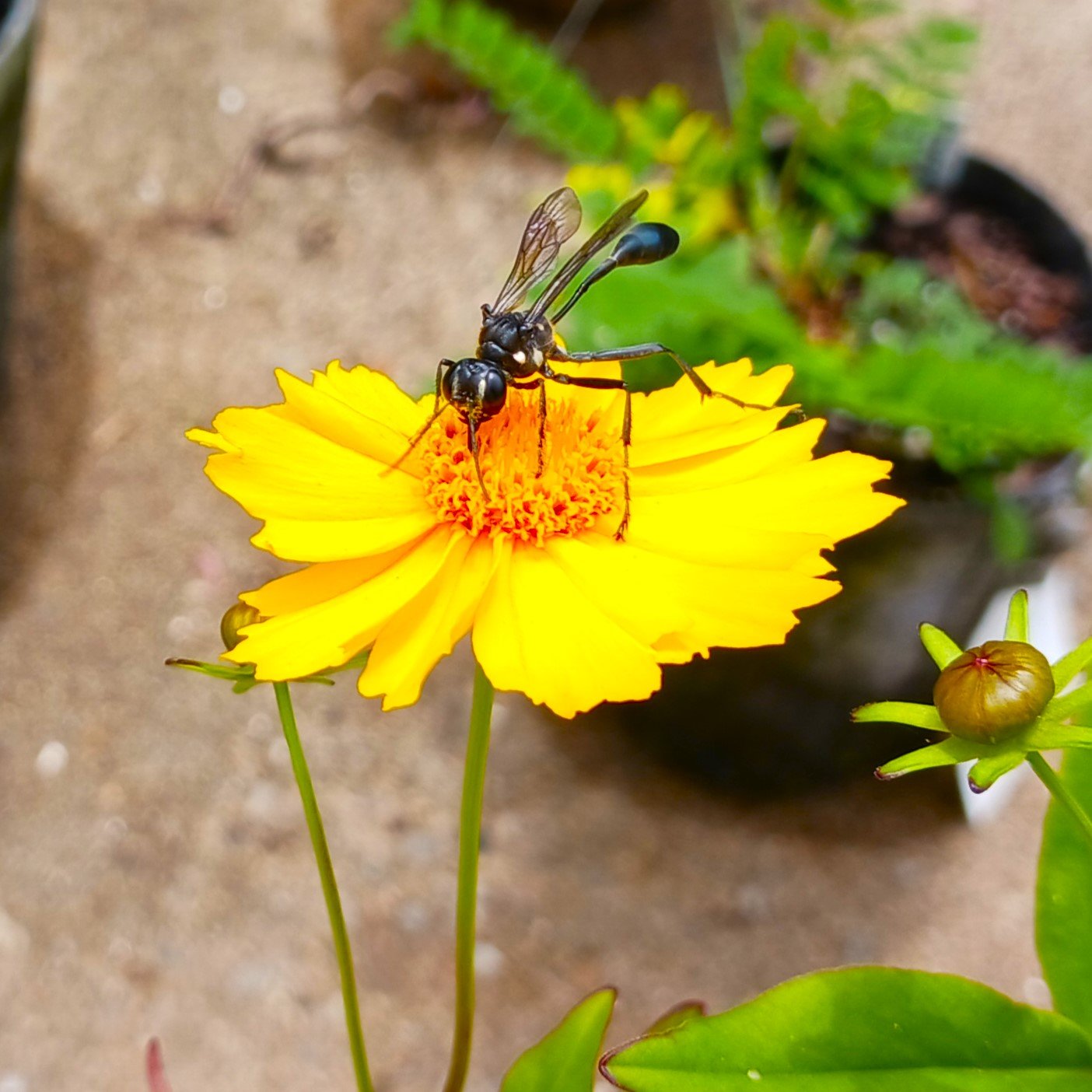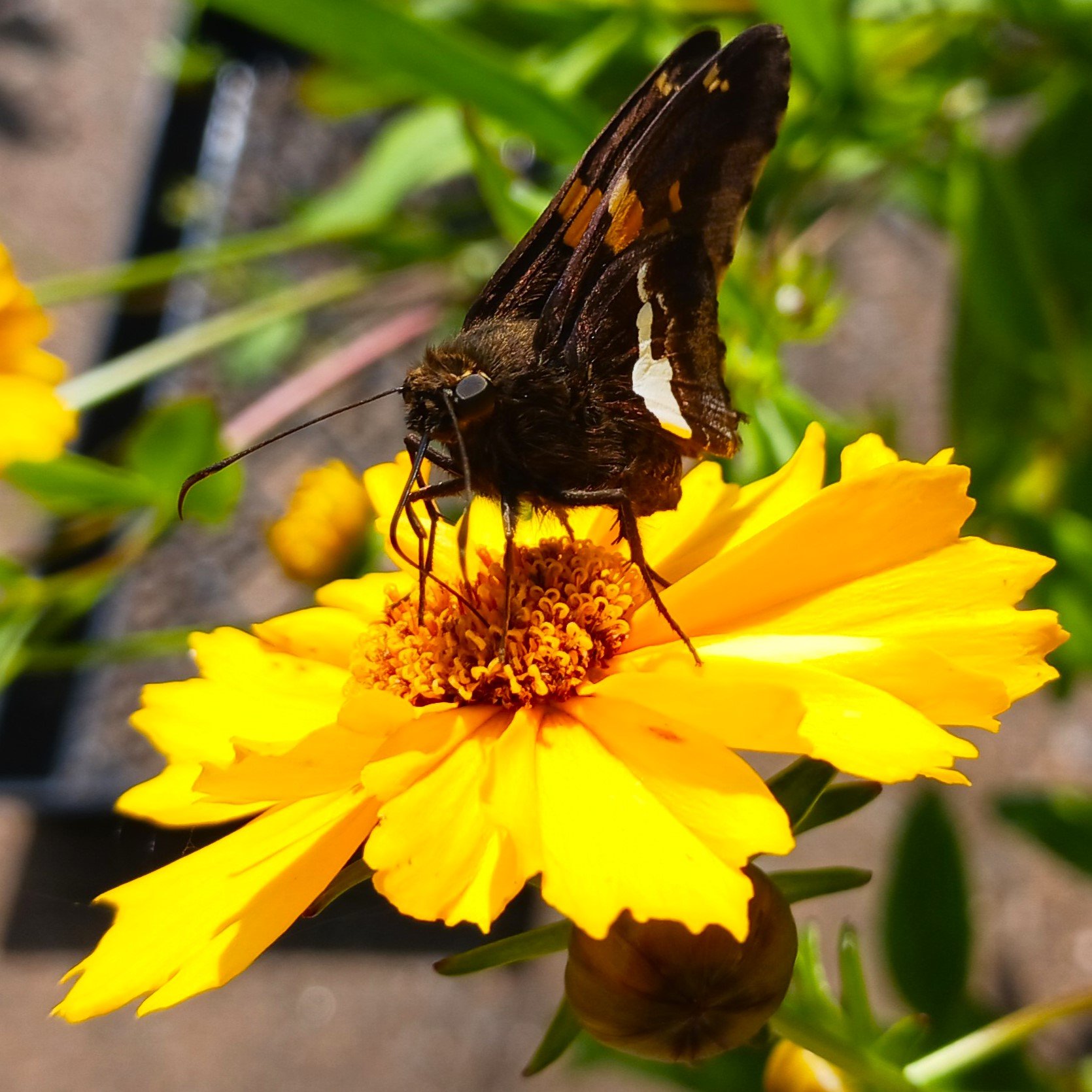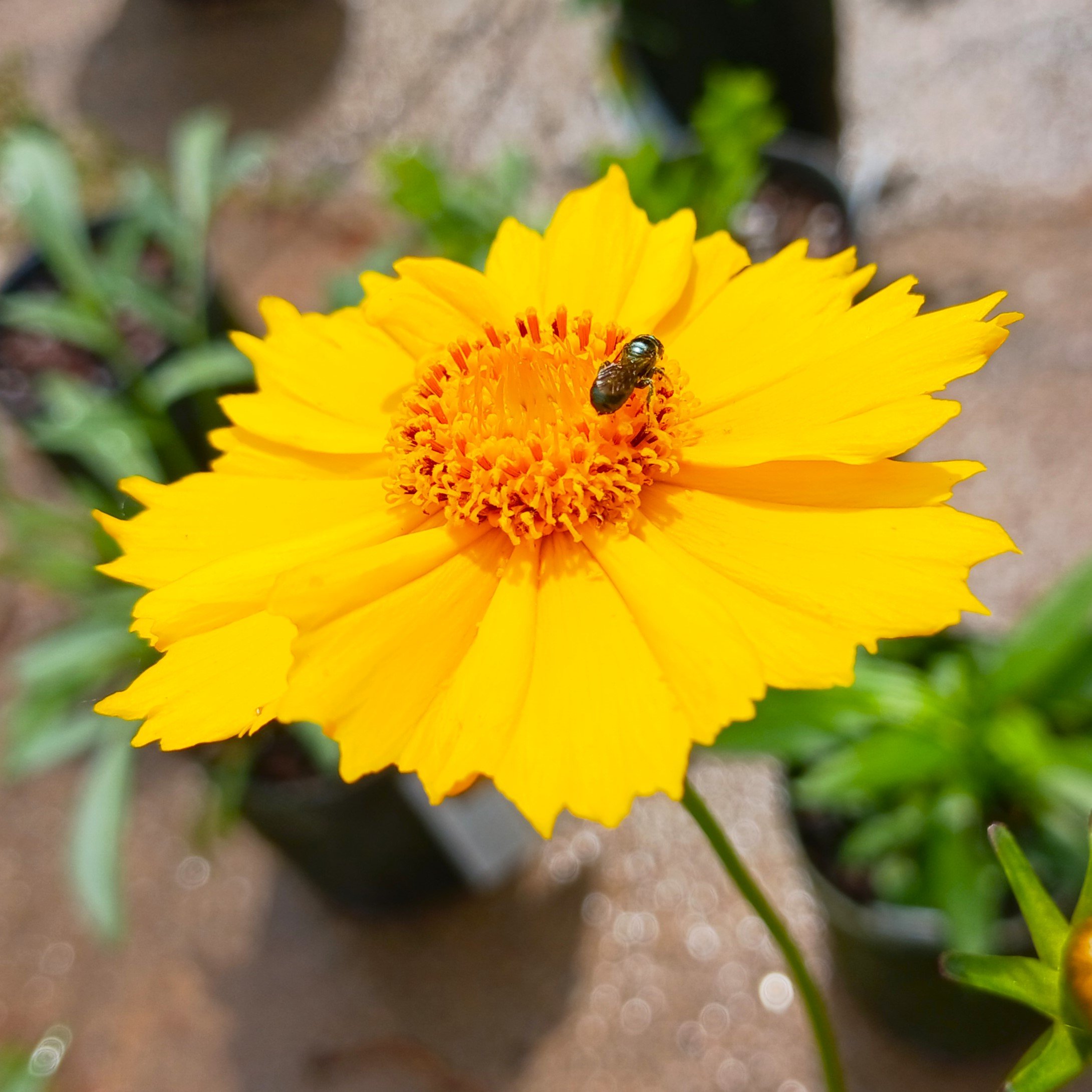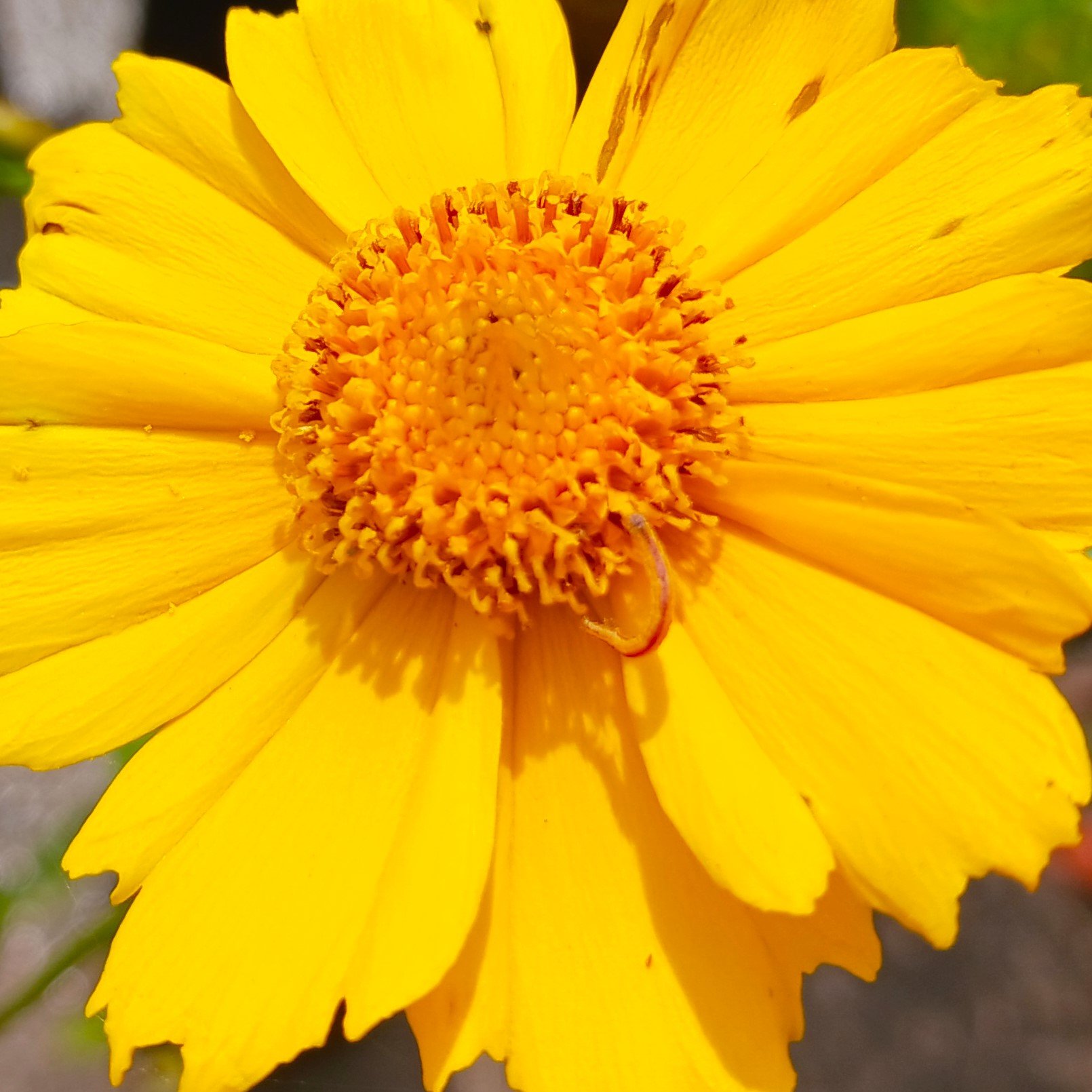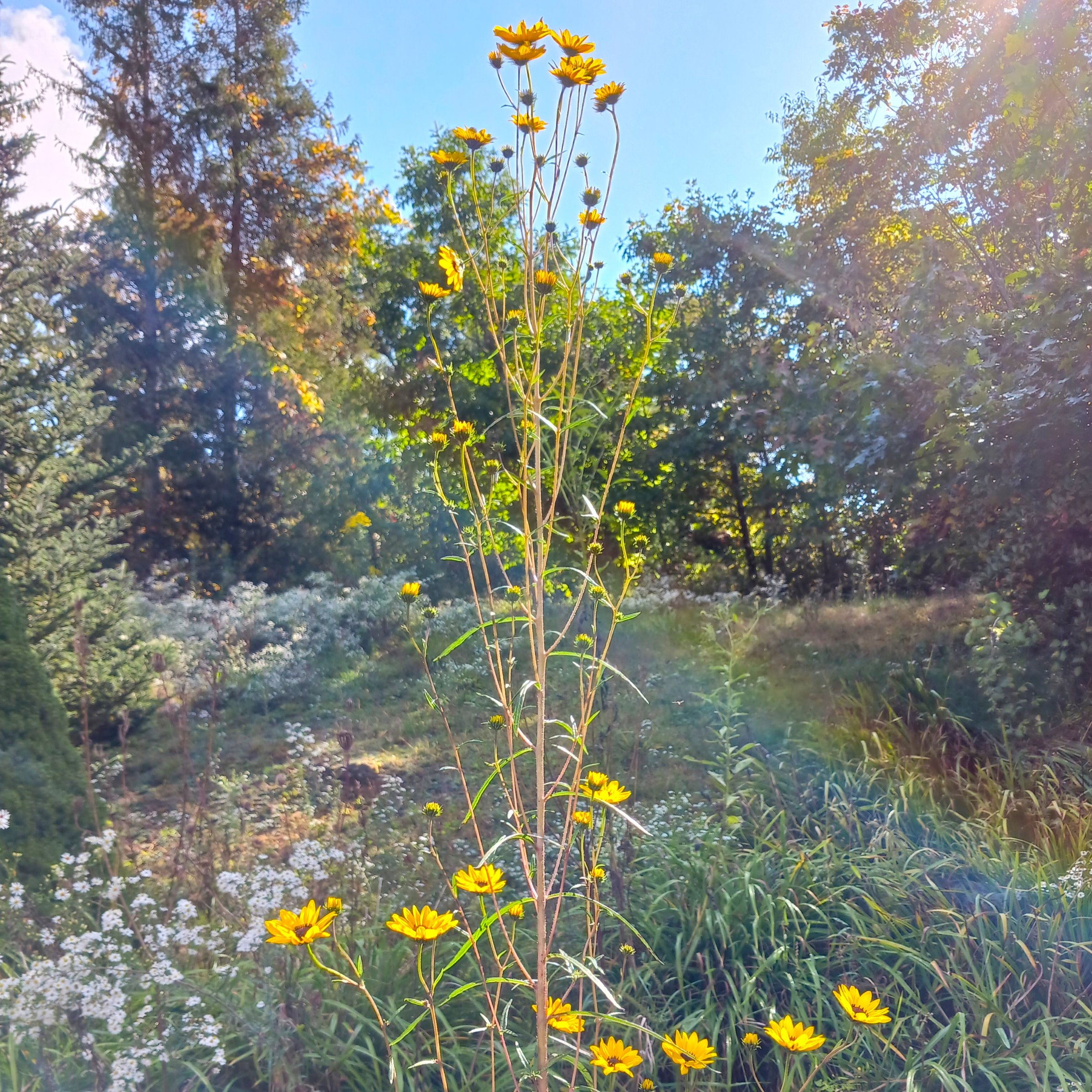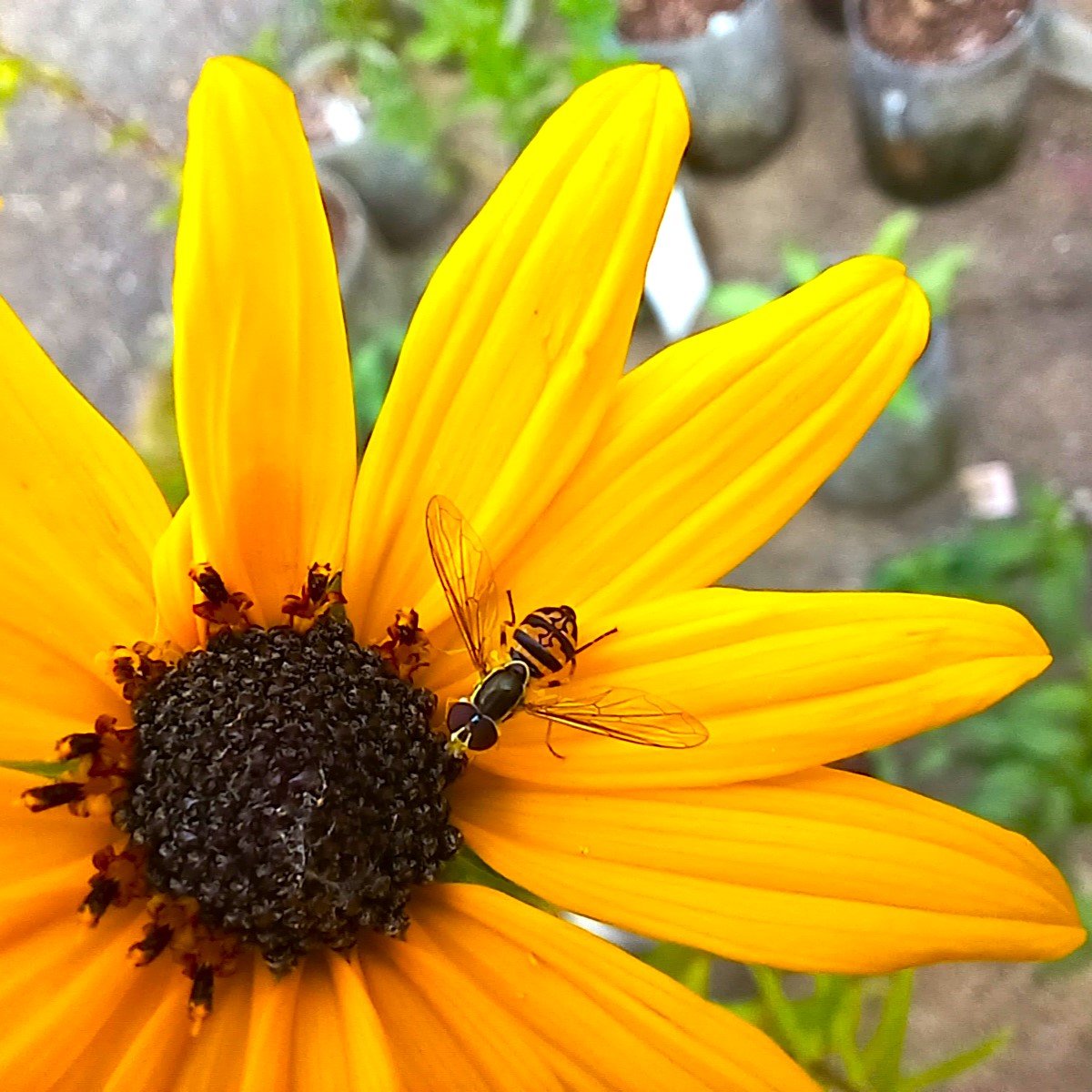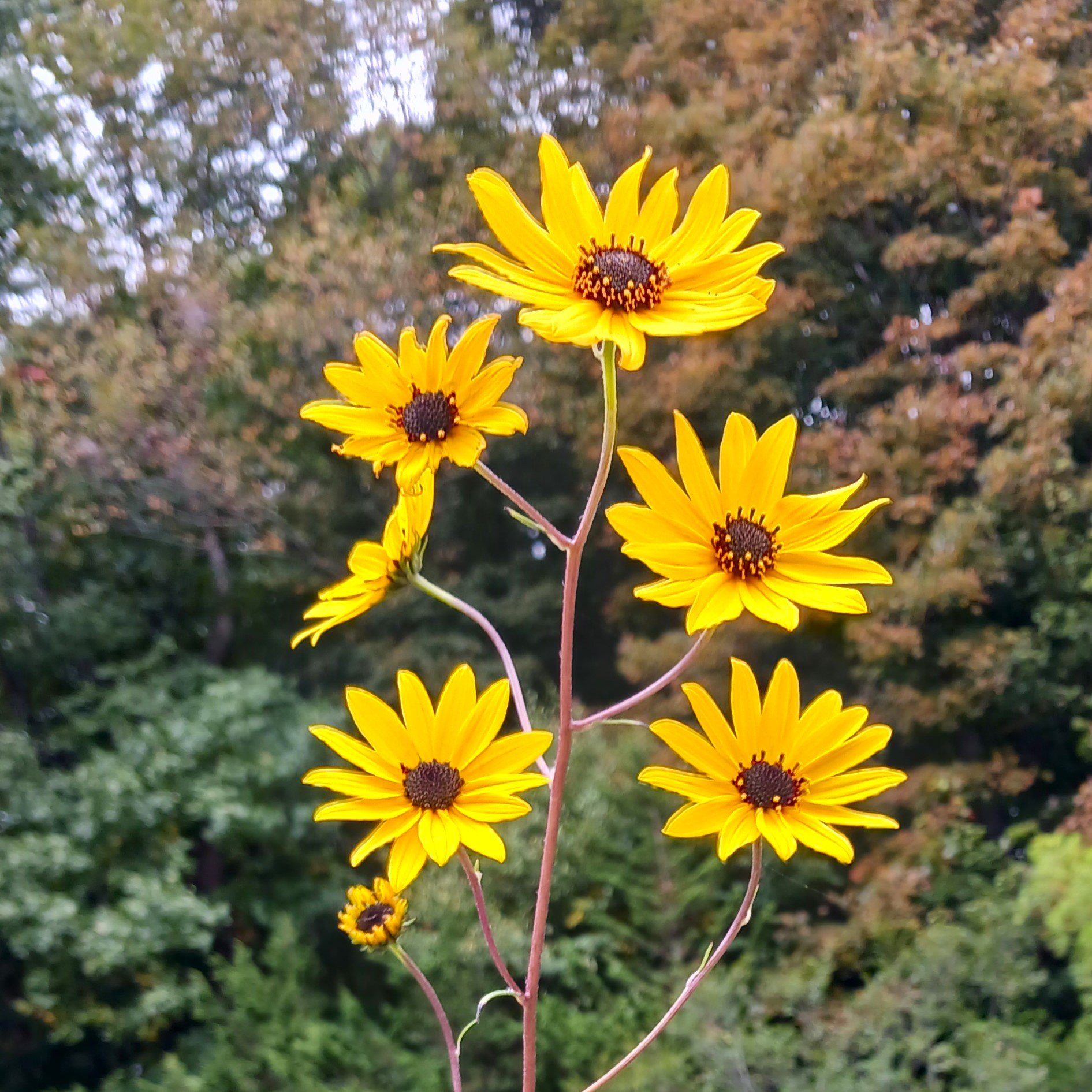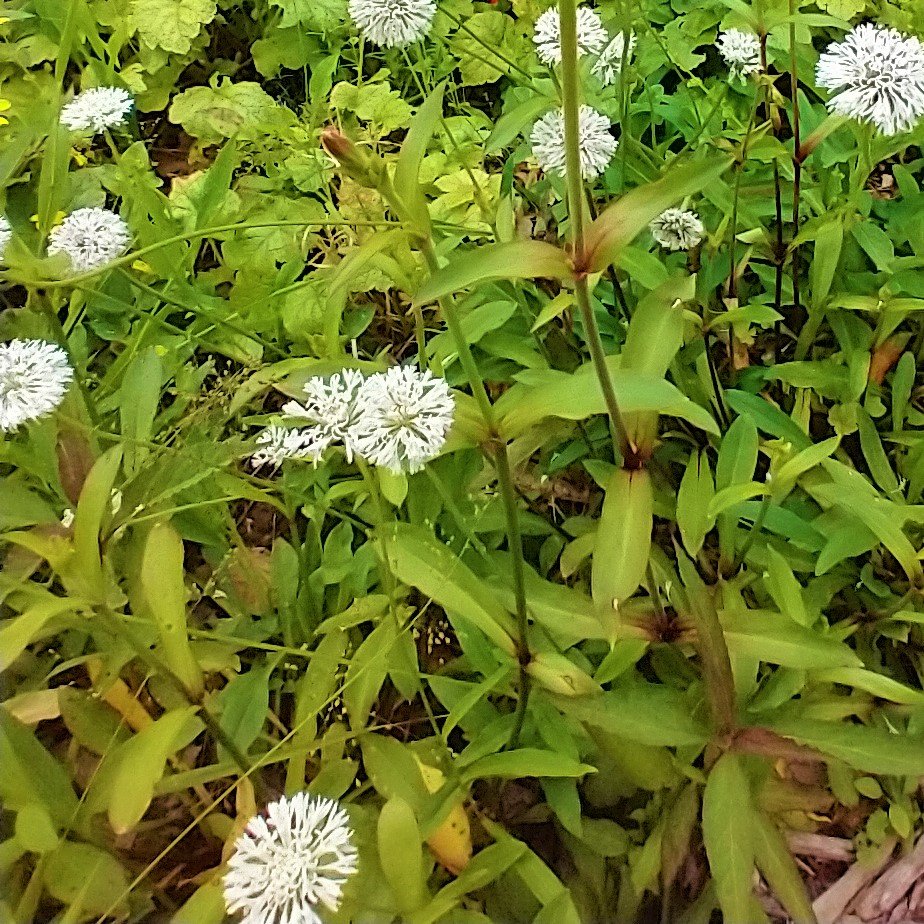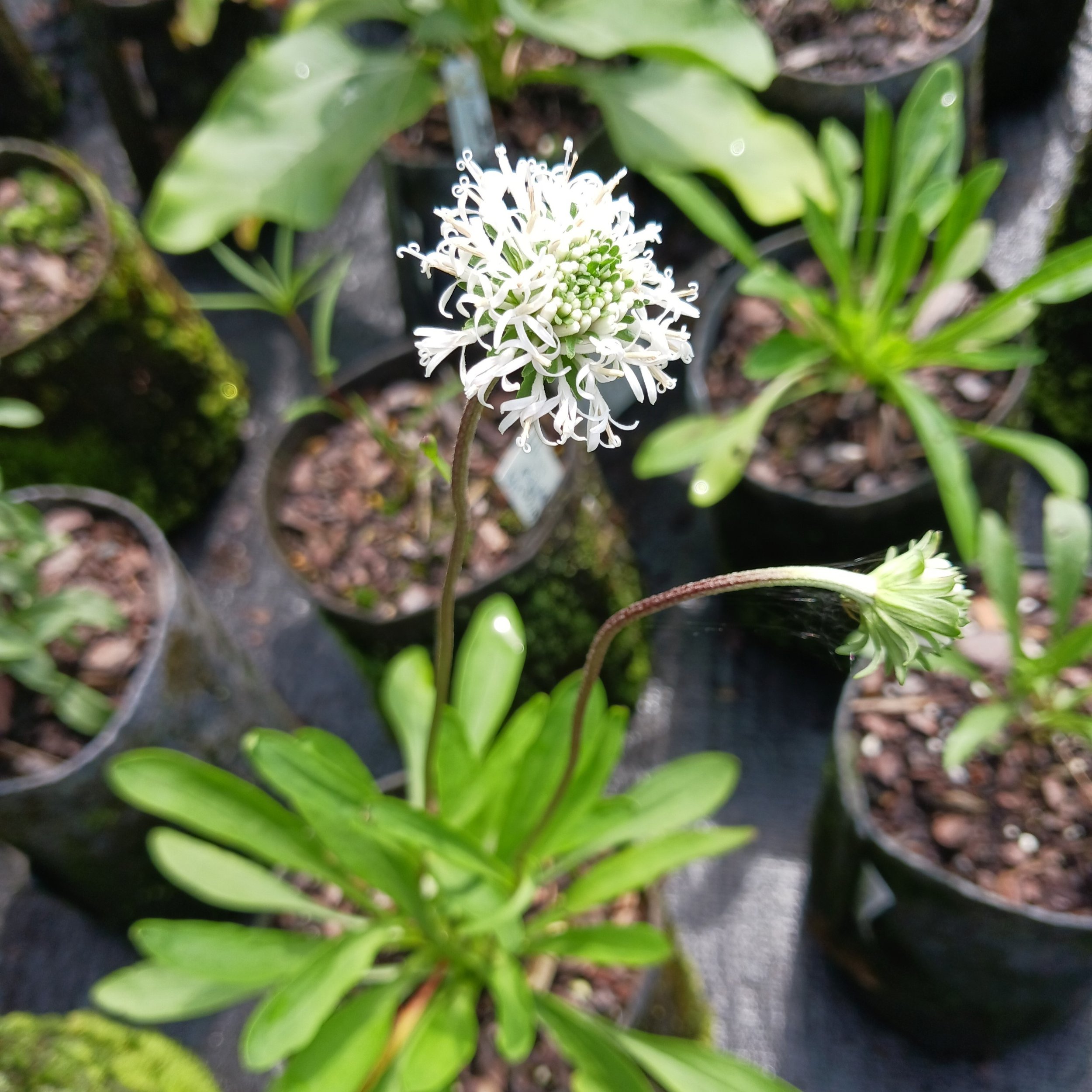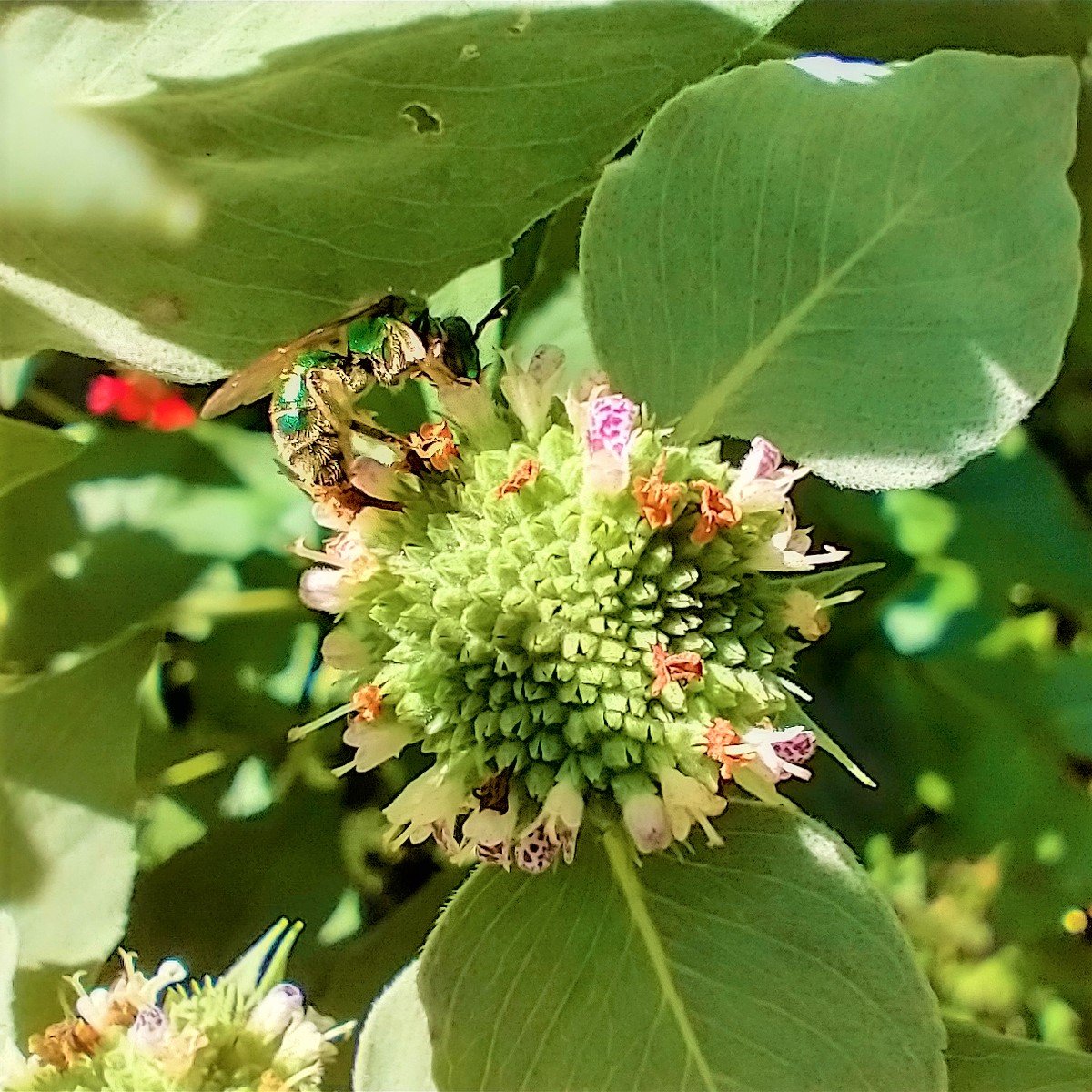Coreopsis pubescens (Star Tickseed)
Looking for an easy to grow, beneficial, and colorful wildflower? Try Coreopsis pubescens! This adaptable and vibrant perennial produces showy blooms summer to fall. The flowers are great for a variety of pollinators and the seeds attract birds.
Looking for an easy to grow, beneficial, and colorful wildflower? Try Coreopsis pubescens! This adaptable and vibrant perennial produces showy blooms summer to fall. The flowers are great for a variety of pollinators and the seeds attract birds.
Looking for an easy to grow, beneficial, and colorful wildflower? Try Coreopsis pubescens! This adaptable and vibrant perennial produces showy blooms summer to fall. The flowers are great for a variety of pollinators and the seeds attract birds.
Coreopsis pubescens is a fantastic wildflower, one of many species of Coreopsis also known as Tickseed due to the appearance of its seeds. This species is endemic to the Southeastern US and is notable for its long bloom period and hardiness. Coreopsis pubescens is similar to other members of its genus in that its very tolerant of heat, high humidity, and drought. However, this species also performs well in the Southeastern Appalachian mountains, thriving in higher rainfall and moisture, in full or part-sun. The flowers grow in abundance on leafy stalks up to 3’ in height with star-shaped yellow blooms that act as landing pads for pollinators. The yellow-orange color is vibrant, beginning in late June and continuing sometimes as late as October. Deadheading flowers will allow for continuing blooms, but consider leaving some seedheads as they can be food for birds and other wildlife. While this species can be short-lived as perennial, they do easily reseed - although they are not considered weedy. Individual plants form clumps up to 3’ wide but do not spread by rhizomes. Star Tickseed is also a great native plant for containers, give at least 4 hours of direct sun or more for abundant flowers. This is also a great species for rocky borders and rain gardens, although it will need some drainage to perform best.
Coreopsis species are great native plants for gardens all over the US, but Coreopsis pubescens is one of the best. Its long bloom period and prolific blooms are a season-long food source for pollinating insects, and the large open flowers provide easily accessible nectar and pollen for everything from large butterflies to tiny specialist bees. Coreopsis are also key plants for oligolectic solitary bees, supporting at least 16 different species in our region that feed on only a few genera of native plants. They are also host plants for some species of moths and other insects, providing songbirds like warblers with a ready food source for adults and young, and the seeds are readily sought after by finches and other birds in fall and winter. For gardens with deer problems, Coreopsis tend to be one of the plants deer avoid, and since they produce profuse flowers they can tolerate some nibbling. Overall this is a great species to choose for sun to part-sun spaces, whether a large landscape or a single-container selection.
Pollinators: bumblebees, digger bees, leafcutter and resin bees, halictid bees, long-horned bees, small carpenter bees, honey bees, butterflies, skippers, hawkmoths, syrphid flies, bee flies, wasps, soldier beetles
Host Plant for Butterflies/Moths: 6 species in our region, including the Sunflower Bud Moth (Suleima helianthana)
Dependent Species: 28+ oligolectic bee species across our region feed on Coreopsis
Wildlife Value: Songbirds, Wood Warblers
Deer Resistance: Excellent
Native Region: Appalachian Mountains, Piedmont, Coastal Plain
Seed Origin: USA, nursery seed collected in North Carolina
USDA Zones: 5-9
States found in our region: AL, GA, KY, NC, SC, TN, VA, WV
Other states found: AR, FL, IL, IN, KS, LA, MO, MS, OK, TX


